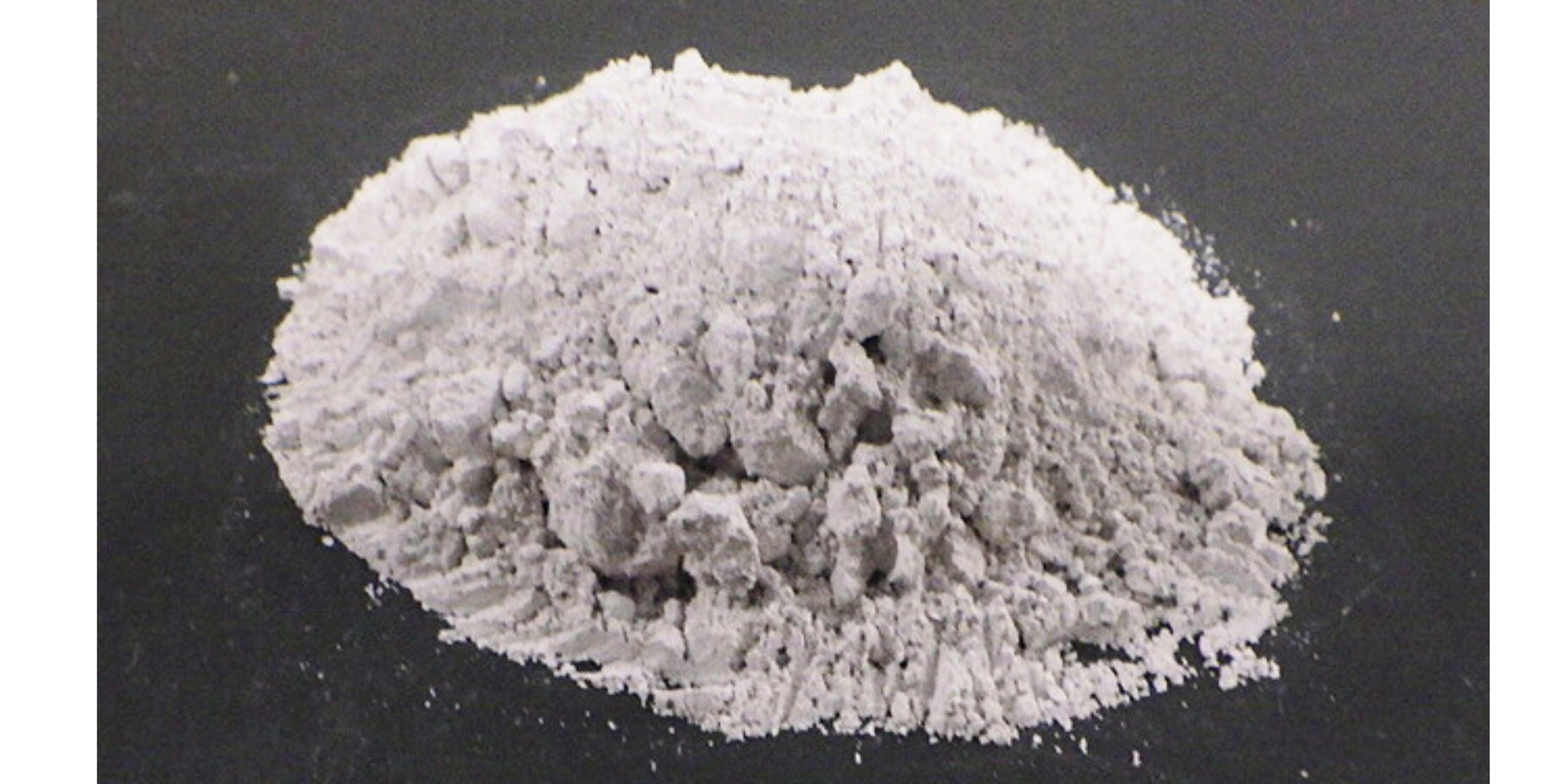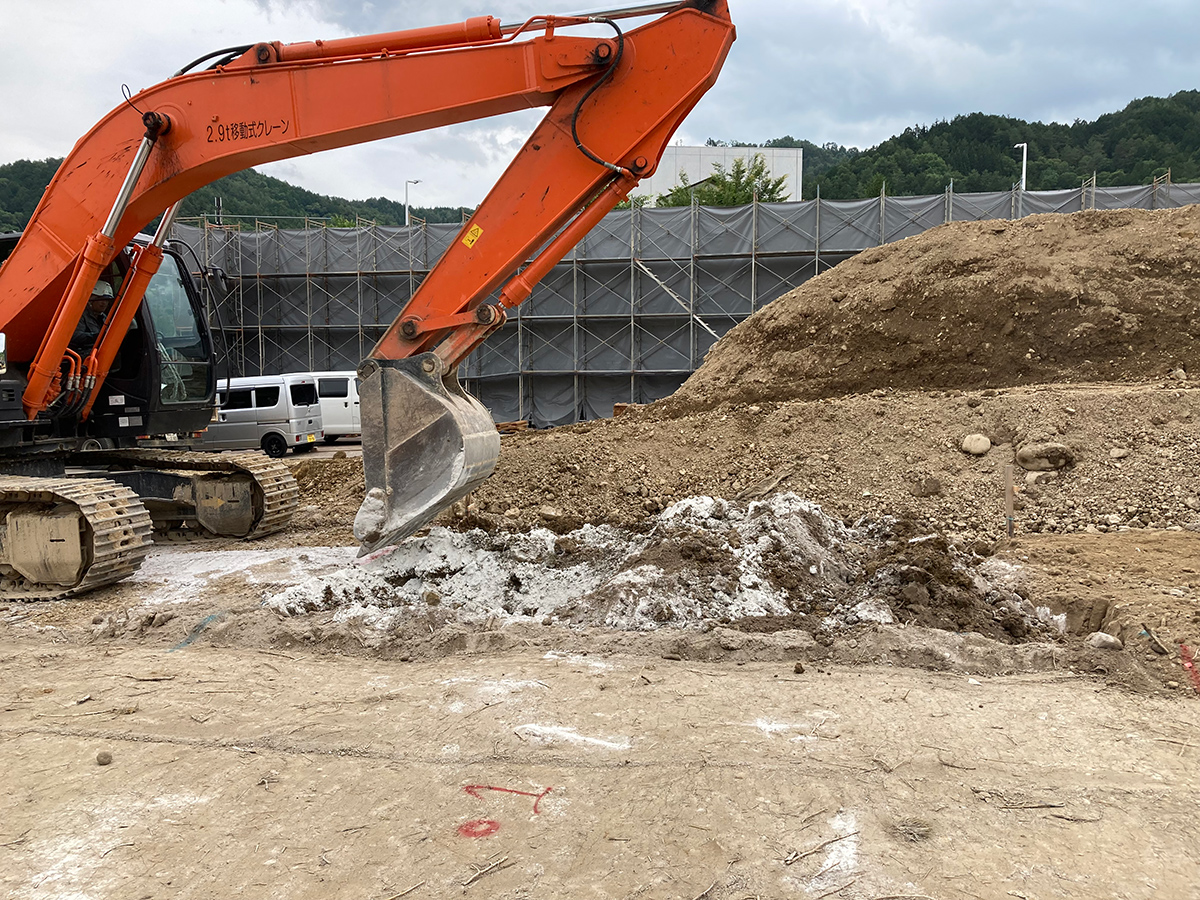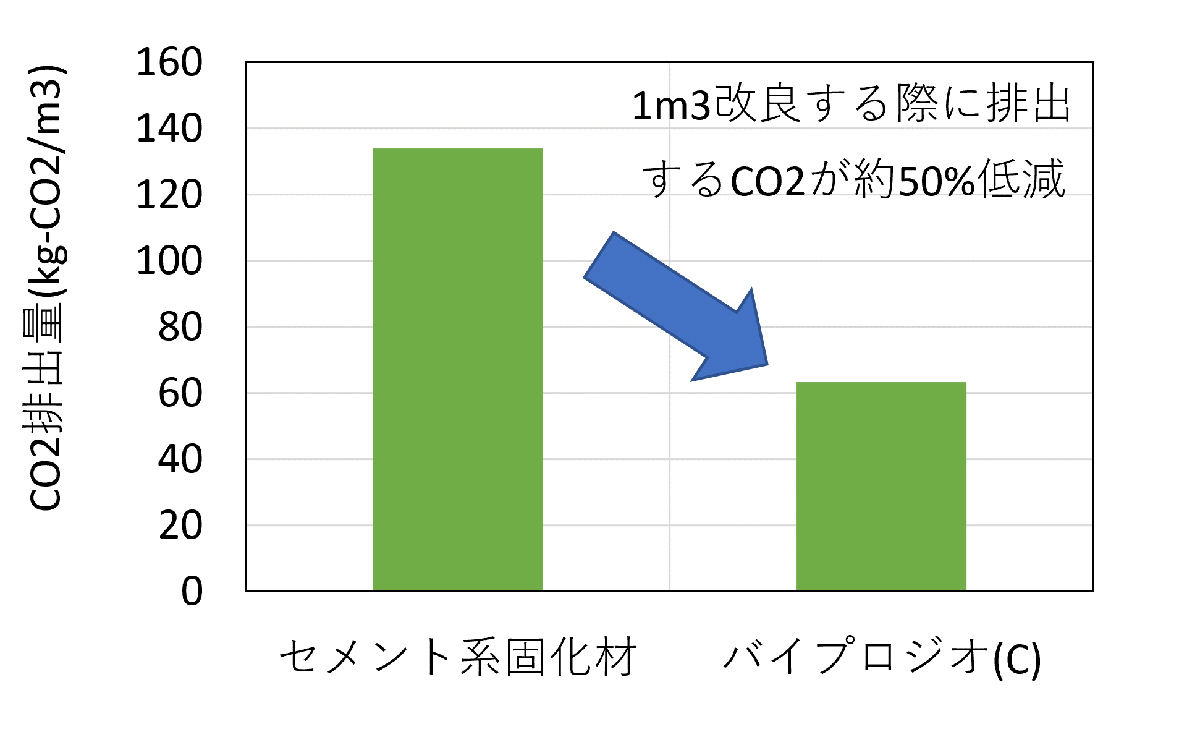Please note that some content is only available in Japanese

By-pro Geo / Clean-Crete Geo
Reducing CO2 emissions from ground improvement work by 50%
POINT
-
Contributing to decarbonization while preserving soil health

Mixing in progress at a civil engineering site
Cement-based solidifying agents commonly used in ground improvement emit large amounts of CO2 during manufacturing and may leach hexavalent chromium when added to volcanic ash soils or humic soils. Additionally, ground improvement involves various use cases that require different materials. To address these challenges, Obayashi Corporation has developed a lineup of low-carbon ground improvement materials.
These materials eliminate the risk of hexavalent chromium leaching even from soils like Kanto loam, which are prone to such issues. They also offer excellent strength development, meeting required strength levels with the same dosage as conventional materials. Even in high-risk soils, these materials contribute to decarbonization while helping to protect the soil environment. -
Achieves both reduced CO2 emissions and excellent strength development

CO2 emissions comparison with conventional materials
Since the majority of the raw materials are by-products with low CO2 emission intensity, CO2 emissions are reduced by approximately 50% compared to conventional cement-based solidifying agents. In addition, the material offers excellent strength development, meeting required strength levels with similar dosage to conventional materials.
-
Reduces hexavalent chromium leaching risk by 80%
Compared to conventional cement-based solidifying agents, hexavalent chromium leaching is reduced by 80%, well below the soil leaching standard of 0.05 mg/L.
